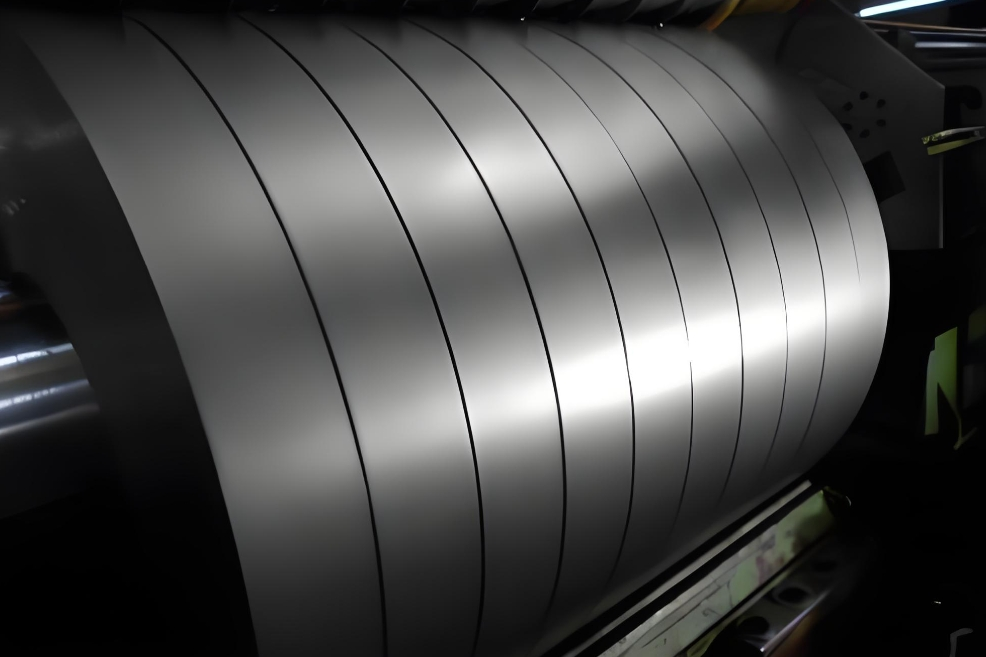Introduction
Understanding Electrical Steel Applications
Engineers and designers in various industries must understand the applications of electrical steel. It empowers them to select the appropriate grade and thickness for specific needs, ensuring optimal performance and efficiency. Without this understanding, engineers risk suboptimal designs, which may increase energy consumption, reduce reliability, and raise operating costs. Therefore, gaining insight into the diverse applications of electrical steel is crucial for achieving optimal outcomes in electrical system design and operation.
Electrical Steel in Transformers
Explanation of Electrical Steel's Role in Transformer Cores
Electrical steel crucially contributes to constructing transformer cores. Transformer cores consist of stacks of thin laminations of electrical steel, reducing eddy current losses by limiting electrical currents’ flow. The high magnetic permeability and low core losses of electrical steel make it ideal for transformer cores, facilitating efficient energy transfer between primary and secondary windings.
Impact of Electrical Steel on Transformer Efficiency
The utilization of electrical steel in transformer cores greatly influences transformer efficiency. Electrical steel’s low core losses minimize energy dissipation within the core material, increasing overall efficiency. This ensures that more electrical energy input to the transformer converts into useful output energy, reducing wastage, and enhancing transformer performance.
Examples of Transformer Applications Utilizing Electrical Steel
Various industries widely utilize electrical steel in different types of transformers. These include distribution transformers in electrical distribution networks, power transformers in electrical substations, and specialty transformers in applications like renewable energy generation and industrial processes. The high magnetic permeability and low core losses of electrical steel suit these applications well, ensuring transformers operate reliably and efficiently in diverse electrical systems.
Electrical Steel in Motors
Overview of Electrical Steel's Use in Motor Construction
Electrical steel plays a vital role in constructing various types of motors. It is used to create the laminated core, forming the stationary part of the motor. The laminated core comprises thin layers of electrical steel stacked together to reduce eddy current losses and improve magnetic efficiency. This core guides the magnetic flux generated by the motor’s windings, enabling efficient energy conversion within the motor.
Influence of Electrical Steel on Motor Performance
Utilizing electrical steel in motor construction significantly impacts motor performance. Its high magnetic permeability and low core losses enhance efficiency by minimizing energy losses within the core material. This improves power output and reduces energy consumption, boosting overall motor performance. Additionally, electrical steel’s magnetic properties aid in maintaining stable motor operation and reducing electromagnetic noise during motor operation.
Examples of Motor Types That Rely on Electrical Steel
Various types of motors rely on electrical steel for their operation. These include induction motors, synchronous motors, and brushless DC motors, among others. Induction motors, which are widely used in industrial and commercial applications, typically feature electrical steel cores to ensure efficient energy conversion. Synchronous motors, commonly used in high-performance applications such as industrial machinery and generators, also utilize electrical steel cores to optimize magnetic efficiency. Similarly, brushless DC motors, which are increasingly used in automotive and aerospace applications, benefit from the use of electrical steel cores to enhance motor performance and reliability.

Electrical Steel in Generators
Description of Electrical Steel's Function in Generator Components
Electrical steel plays a crucial role in the construction of generator components, particularly in the stator and rotor assemblies. In the stator, electrical steel laminations form the core that houses the stationary windings. These laminations help to guide and concentrate the magnetic flux generated by the rotating rotor, facilitating efficient energy conversion. Similarly, in the rotor, electrical steel laminations create the magnetic field necessary for inducing electrical currents in the stator windings.
Significance of Electrical Steel in Generator Efficiency
The use of electrical steel in generator components significantly impacts generator efficiency. The high magnetic permeability and low core losses of electrical steel minimize energy losses within the core material, resulting in higher overall efficiency. This ensures that more of the mechanical energy input to the generator is converted into electrical energy output, reducing wastage and improving the generator’s performance.
Examples of Generator Designs Incorporating Electrical Steel
Various generator designs incorporate electrical steel in their construction. These include synchronous generators used in power plants, wind turbines, and hydroelectric facilities, as well as induction generators used in small-scale renewable energy systems. Electrical steel laminations are also used in specialized generators for applications such as marine propulsion systems, aerospace power generation, and emergency backup power systems.
Conclusion
Recap of the Diverse Applications of Electrical Steel
Electrical steel plays a pivotal role in a wide range of applications across various industries, including transformers, motors, generators, and power equipment. Its unique magnetic properties and low core losses make it indispensable for efficient energy conversion and reliable operation in diverse electrical systems.
Hi, this is a comment.
To get started with moderating, editing, and deleting comments, please visit the Comments screen in the dashboard.
Commenter avatars come from Gravatar.